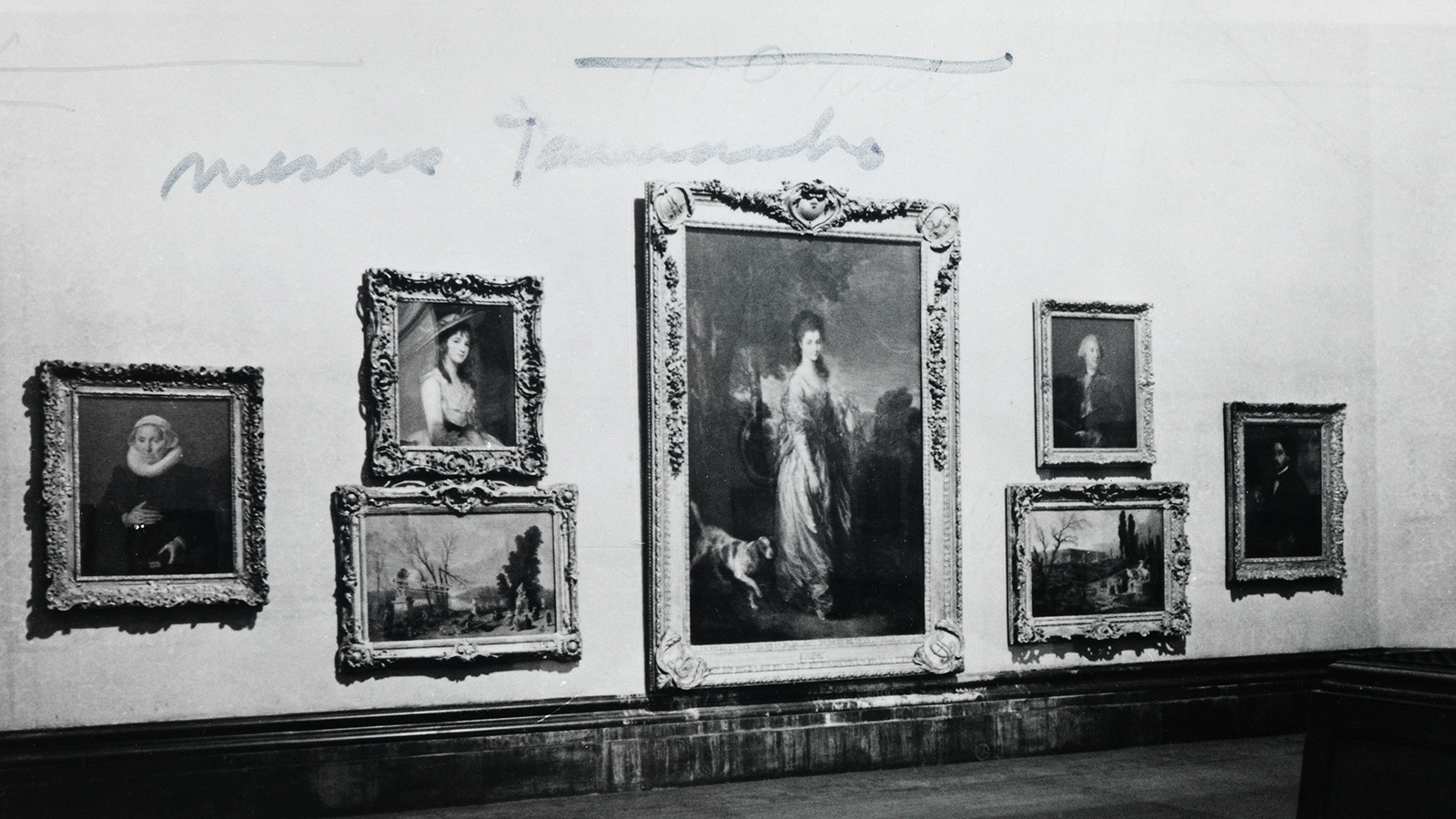Evacuation of Gulbenkian’s collection of paintings during World War
The paintings were moved out of the capital early in the World War II, as part of a complex and daring plan to safeguard the museum’s collection, then under threat from German bombing.
In between the wars, the National Gallery had expanded and increased the value of its collection, through both new acquisitions and loans. In June/July 1936, Calouste Sarkis Gulbenkian, then living in Paris, lent the museum 22 of his paintings, and more were added to the loan in the following years, making a total of 34 paintings in 1939.
The perils of the World War I were still fresh in the memory of British museums and curators. Hitler’s rise to power, in 1933, heightened the sense of impending danger, and in 1935 the British government instructed museums and galleries to draw up plans to evacuate their collections.
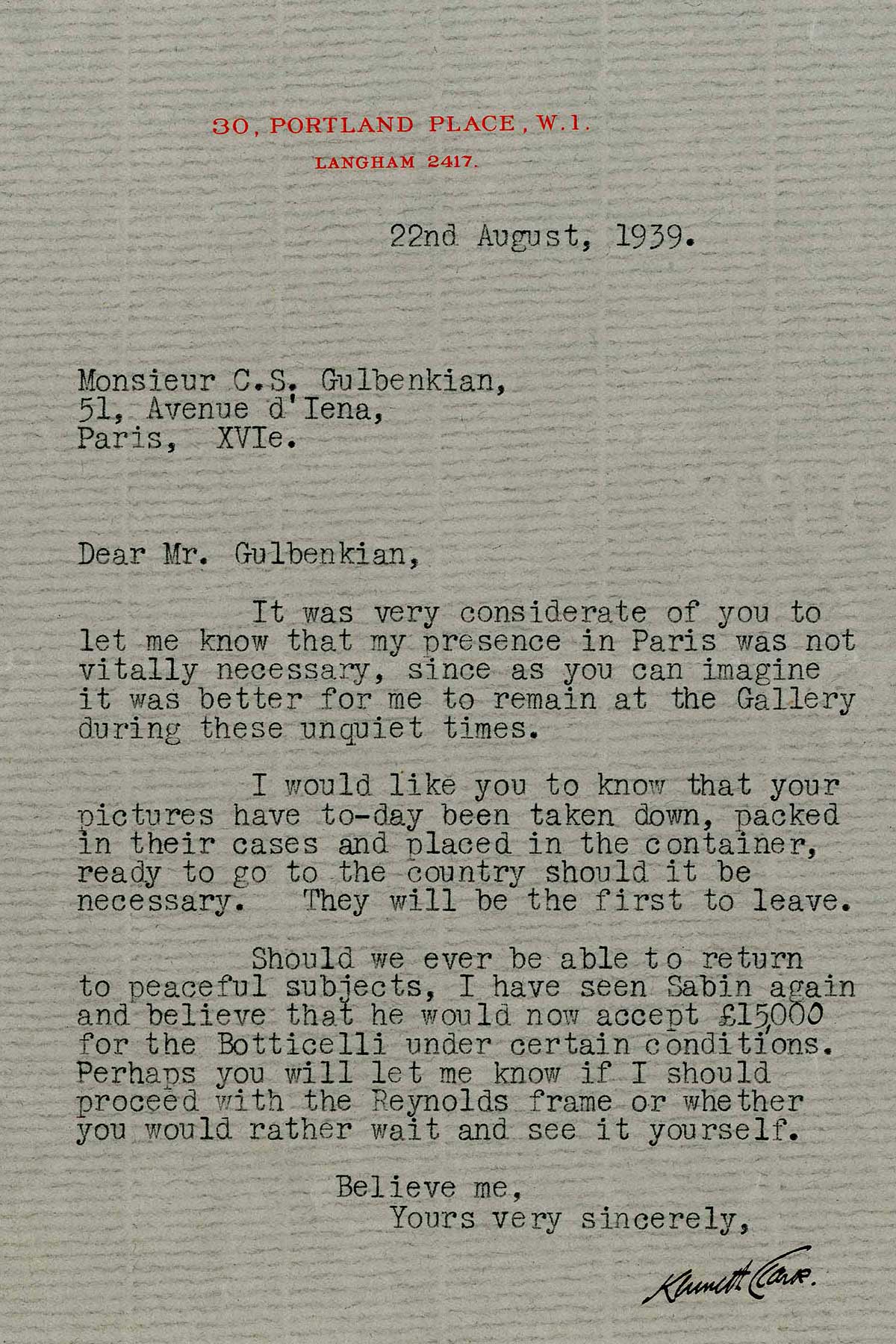
With the Munich Crisis (1938), the National Gallery in London conducted its first trial run, transporting fifty paintings to Bangor, in north-west Wales, but with the signing of the Munich Agreement the paintings returned to Trafalgar Square.
Another rehearsal took place in 1939.
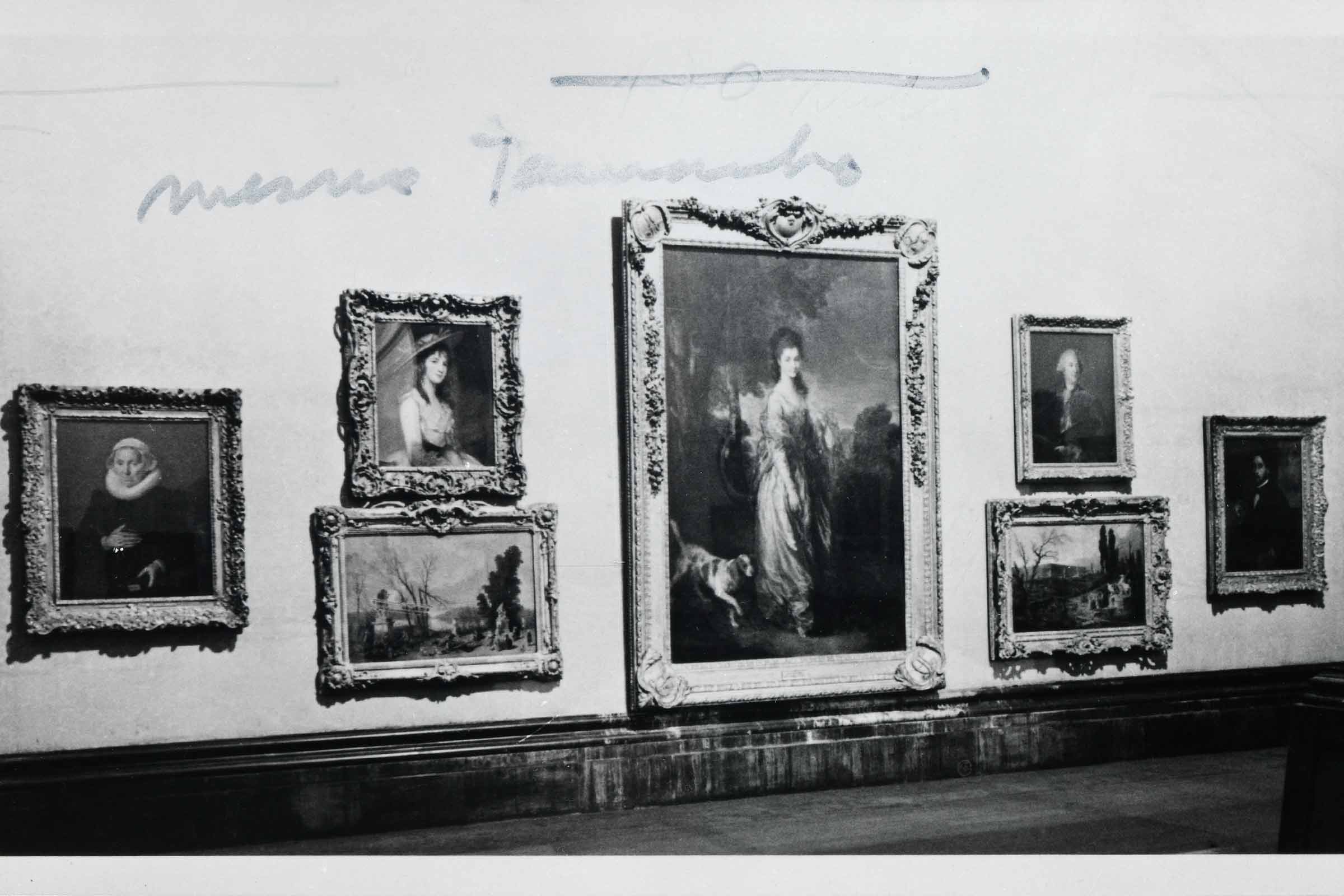
In August that year, with the imminent threat of war raising the prospect of air raids, the evacuation plan was finally put into action, and the National Gallery’s collection was divided and sent to several locations in Wales: The University of Bangor, Aberystwyth, Caernafon Castle, Trawsgoed and Penryhn Castle (in the vicinity of Bangor). The works belonging to the Gulbenkian Collection were stowed in container BK323 and started their journey to Bangor on 25 August.
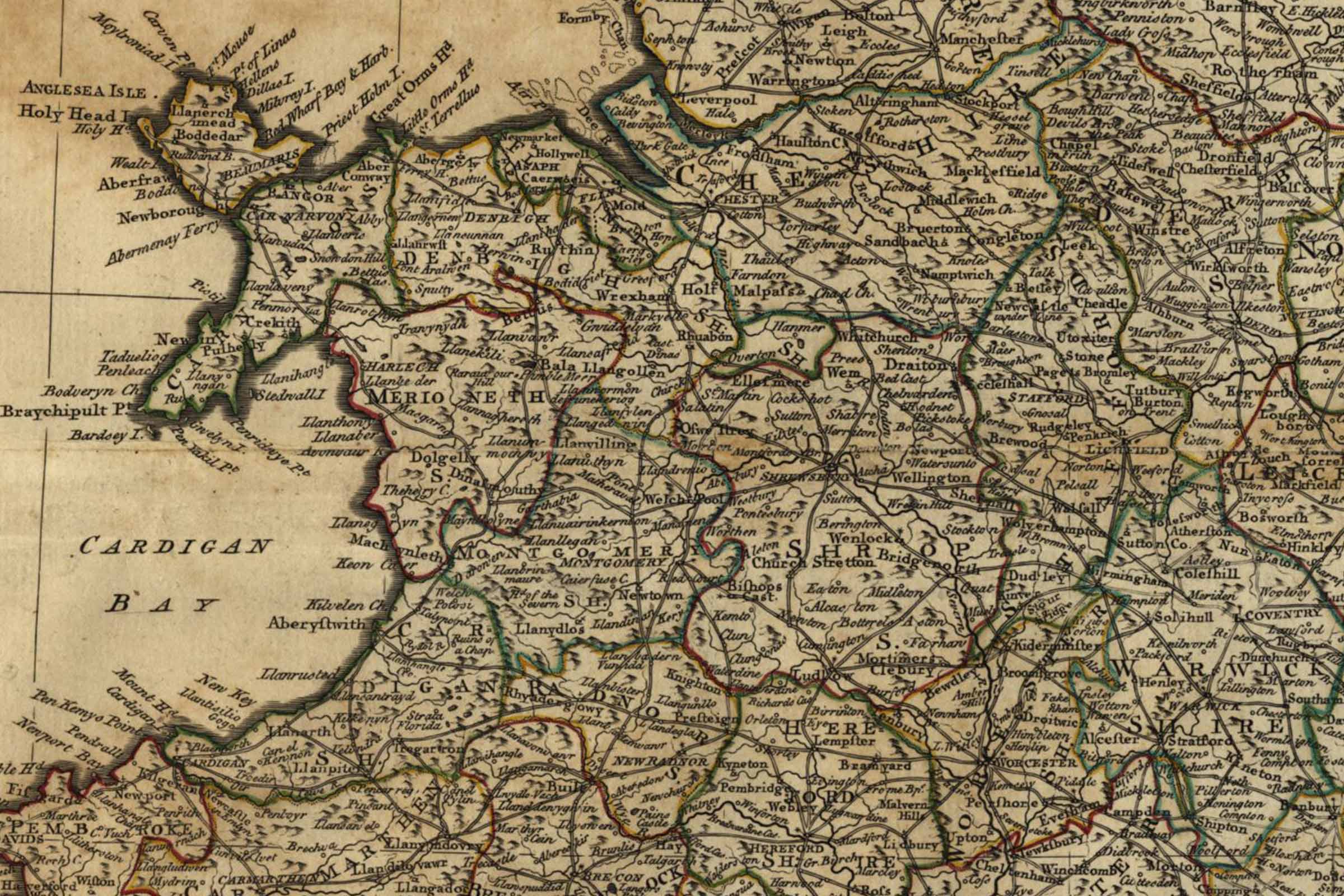
As the bombing grew more intense, Calouste Gulbenkians’s staff in London asked Kenneth Clark, the director of the National Gallery, to provide refuge in Bangor for a safe kept at the Gulbenkian offices, containing precious Western and Oriental manuscripts, the key for which was kept by Calouste, by then in Vichy. The safe was moved to Wales on 12 July 1941.
Rapid advances in military aviation soon extended the range of German bombers. Bangor, Aberystwyth, Caernarfon Castle, Trawsgoed and Penrhyn Castle could no longer be regarded as safe. In 1940, the disused Manod slate mine, also in Wales, was identified as the ideal shelter for the collections, although building work was needed to ready it for its new role.
Bomb-proof shelters were constructed inside the mine to house the collections of the National Gallery, Calouste Gulbenkian and the British Royal Family. Innovative equipment was installed to regulate temperature and humidity. The collections were finally transferred to the shelter during the summer of 1941. Kenneth Clark wrote to reassure Calouste Gulbenkian: “I have visited your paintings frequently in the stores, and they are in a perfect state. The conditions are ideal and 100% secure”.
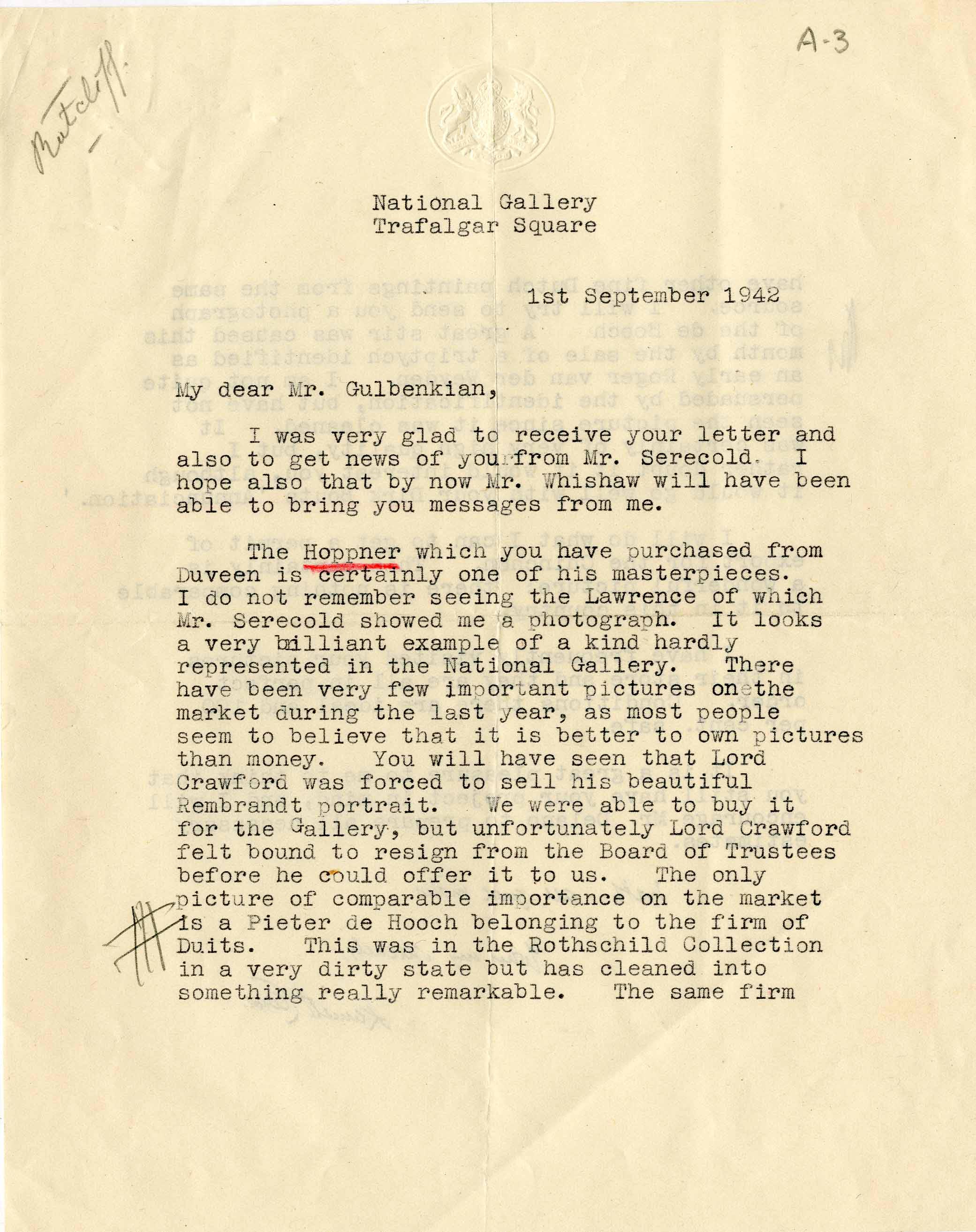
The storage of the art works in the mines offered an opportunity for scientific study. It was possible to build on existing knowledge by using the laboratory conditions to monitor the behaviour of a collection in controlled environments. Proof was finally available of the importance of ambient conditions to the conservation of paintings. Some of the discoveries made at this time were then applied when the National Gallery was rebuilt after the war. It was also possible at this time to implement a cleaning programme which consisted of removing old varnishes from paintings. The Portrait of Helen Fourment, by Rubens, belonging to Calouste Gulbenkian, was included in this programme.
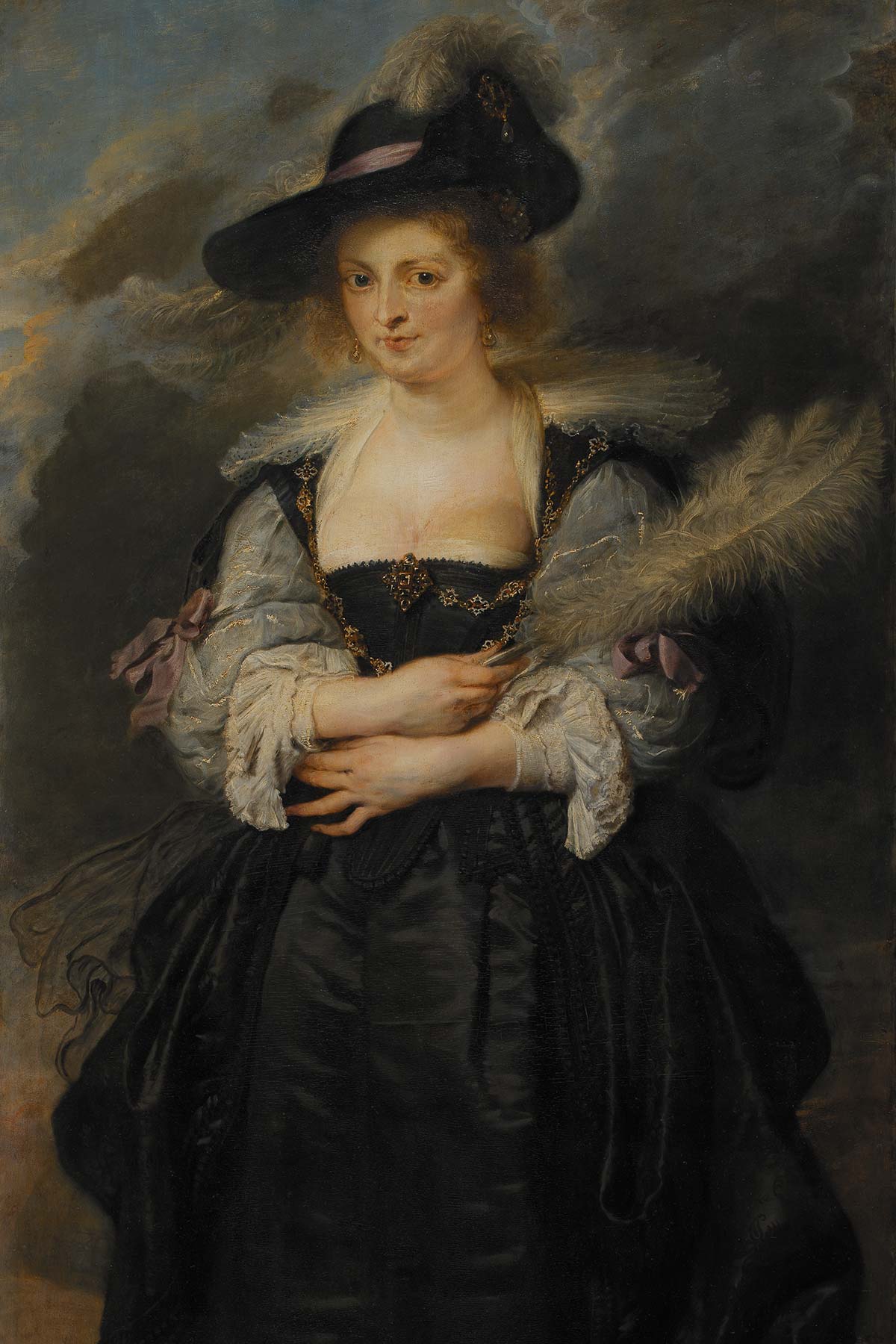
At the end of the war, the National Gallery brought its paintings back to London. The Gallery reopened to the public on 17 May 1945. However, the building was in need of far-reaching reconstruction after being hit in nine air raids. For this reason, the paintings belonging to Calouste Gulbenkian remained in Wales until the room on Trafalgar Square where they were to be housed (the octagonal room, now room 33) was rebuilt.
They were returned to London on 16 November 1945 and in December that year, in one of Kenneth Clark’s final initiatives as the National Gallery ‘s director, the Calouste Gulbenkian collection was once again put on public display, now also featuring the works acquired by Calouste Gulbenkian in the United States during the war.
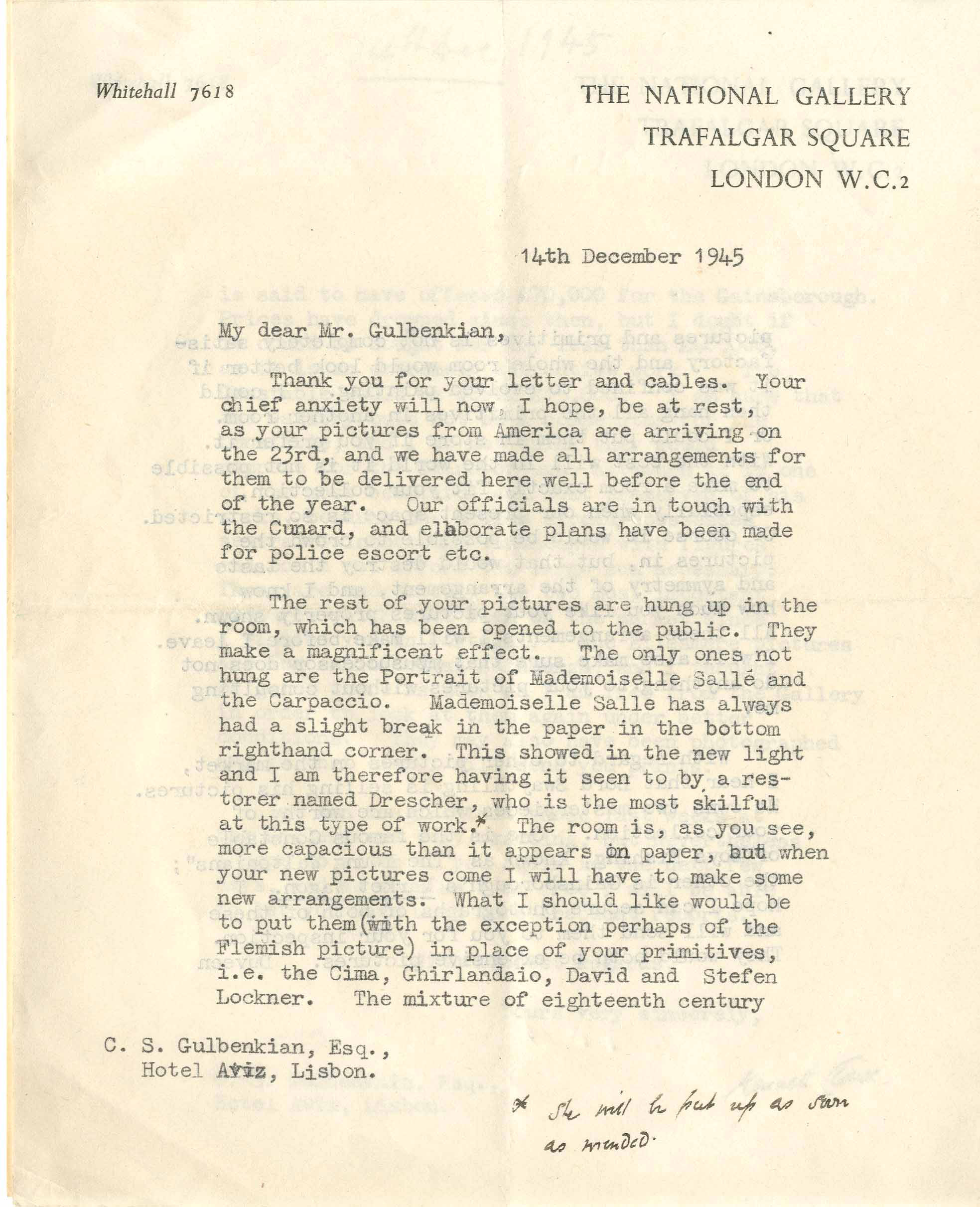
From the Archives
Significant moments in the history of Calouste Gulbenkian and the Gulbenkian Foundation in Portugal and around the world.

